Despite what you might think, gaslighting isn’t just a human behavior. Some predators in the animal kingdom have mastered this manipulative tactic to outsmart their prey. While the term “gaslighting” is usually associated with psychological warfare in human relationships, it’s fascinating to see how similar strategies play out in nature. Let’s dive into a list of cunning creatures who employ deceptive tactics that make them seem like the con artists of the wild.
1. Cuttlefish
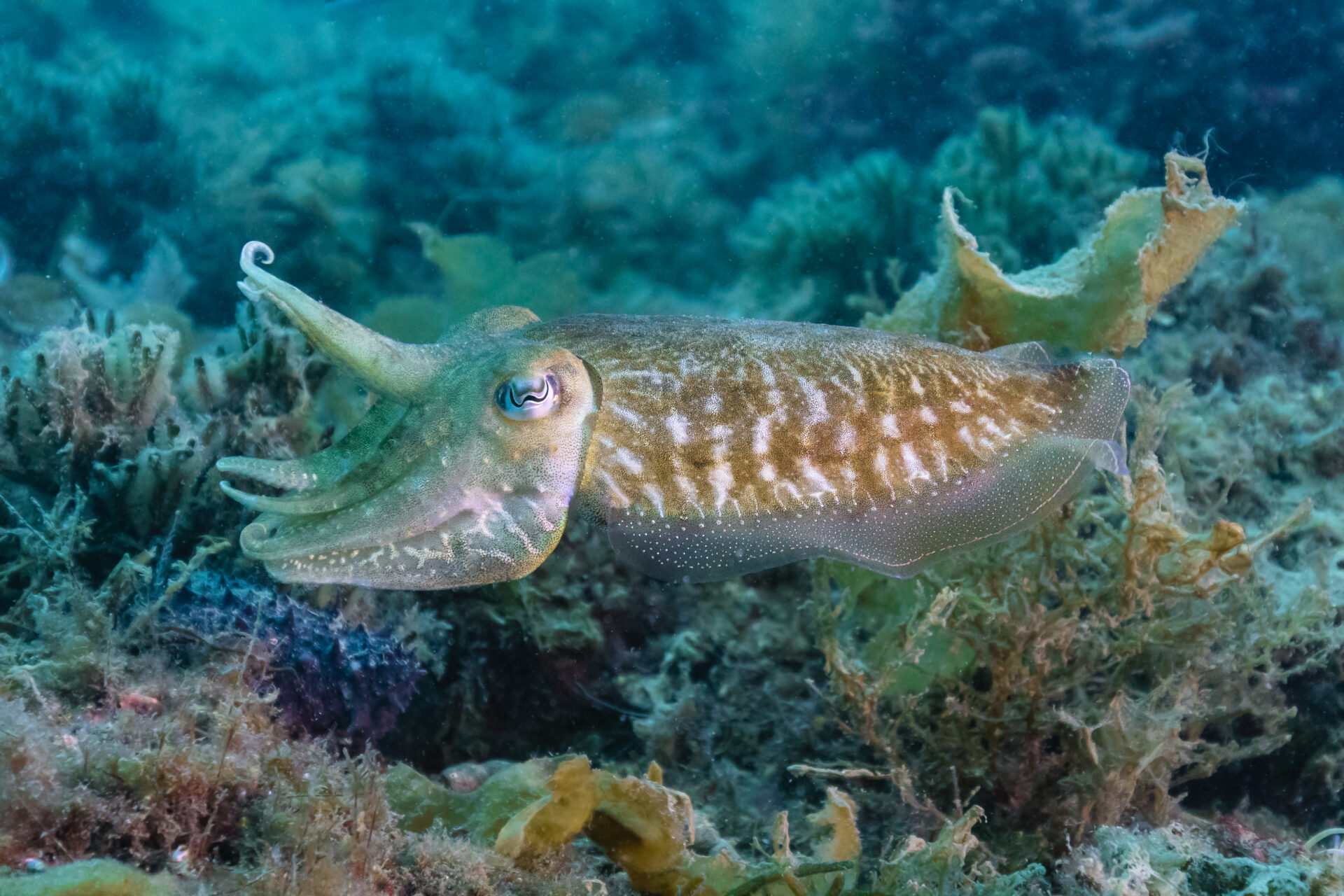
Cuttlefish are masters of disguise, using their ability to change color and texture to confuse both prey and predators. They can mimic the environment so convincingly that their prey often doesn’t realize they’re in danger until it’s too late. According to marine biologist Dr. Roger Hanlon, cuttlefish use an advanced form of dynamic camouflage that is unmatched in the animal kingdom. This ability allows them to sneak up on their meals while simultaneously avoiding becoming a meal themselves.
What makes this even more interesting is how they use their deception to communicate misleading messages. A cuttlefish might use one side of its body to send courtship signals to a potential mate while displaying threatening colors on the other side to ward off rival suitors. This dual-display tactic is a compelling form of gaslighting, as the same individual is receiving two conflicting messages. It’s a fascinating example of nature’s complexity, where appearances can be as deceiving as they are in human interactions.
2. Anglerfish
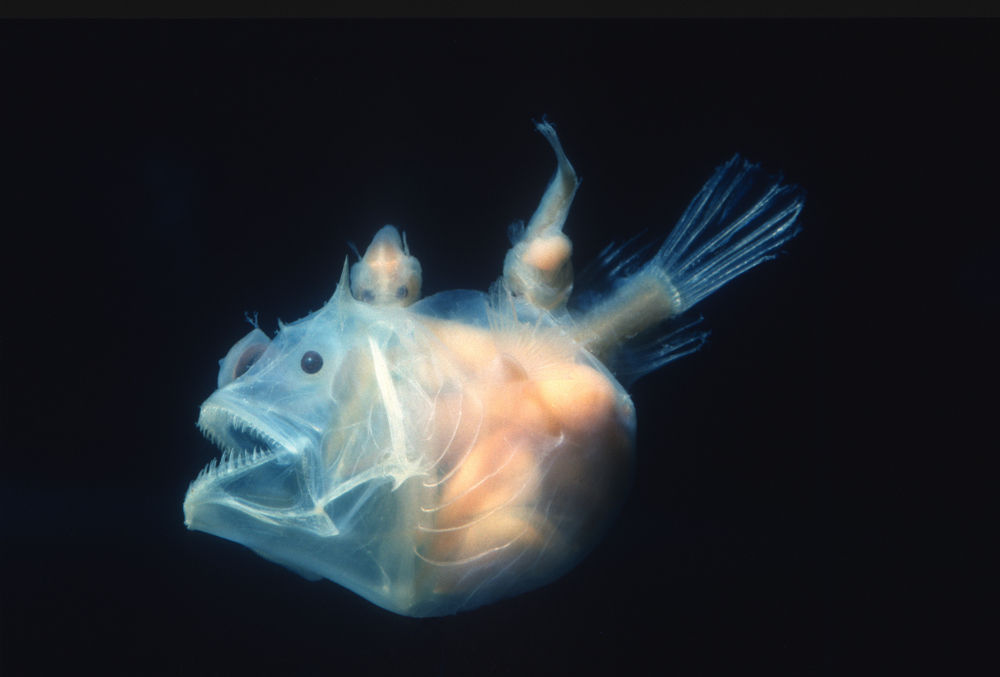
The anglerfish is a deep-sea predator that takes deception to another level with its bioluminescent lure. It dangles this glowing appendage in front of its mouth, enticing smaller fish to come closer. The unsuspecting prey is drawn in by the light, thinking it’s safe, only to end up as the anglerfish’s next meal. It’s a classic bait-and-switch tactic, proving that sometimes in life—and in the ocean—things that seem too good to be true usually are.
Interestingly, female anglerfish are the ones wielding this tactic, while the males are much smaller and often fuse to the females, living as parasites. This dynamic raises questions about gender roles and survival tactics in nature. The anglerfish’s method is a chilling reminder that manipulation can be lurking in the shadows, whether in murky waters or everyday life. The ocean can be a harsh place, and the anglerfish uses its cunning to ensure it stays at the top of the food chain.
3. Common Cuckoo
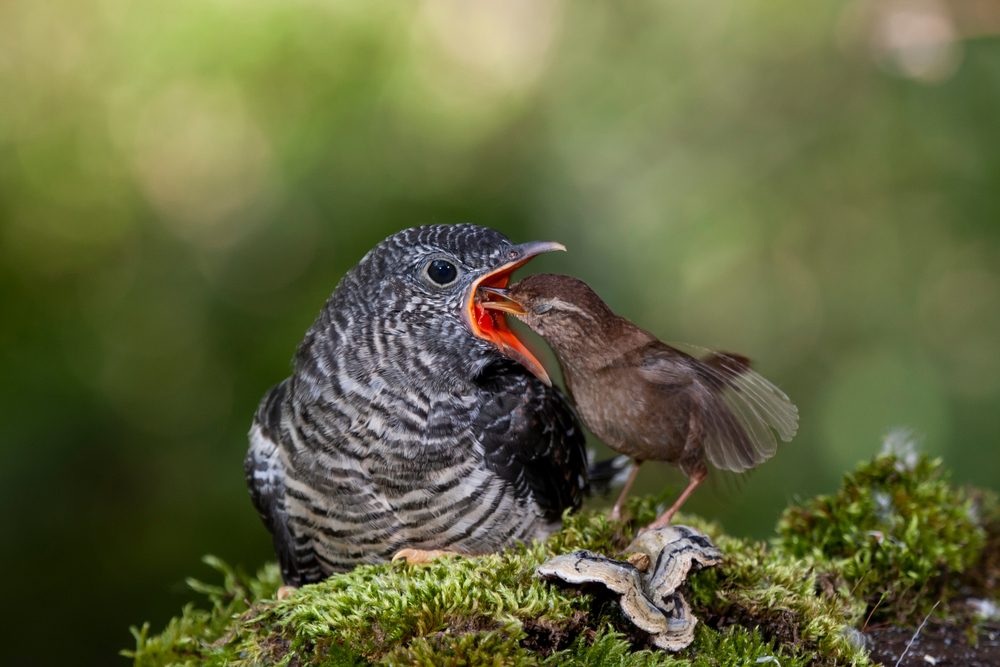
The common cuckoo is infamous for its brood parasitism, where it lays its eggs in the nests of other bird species. Once the cuckoo’s egg hatches, the young cuckoo often pushes out the host’s eggs or chicks, tricking the unsuspecting foster parents into raising it. Research led by Nick Davies from the University of Cambridge highlights that some host birds have evolved to recognize these foreign eggs, leading to a continual evolutionary battle (Source: “Journal of Avian Biology”). Still, the cuckoo often succeeds, duping its hosts into expending resources on an impostor.
This behavior can be seen as a form of gaslighting because the host birds are manipulated into caring for an offspring that isn’t theirs. The cuckoo benefits from the deception, while the host birds are left with nothing to show for their efforts. In a way, the cuckoo’s actions mirror the manipulative tactics some people use to exploit others for personal gain. It’s a stark reminder that deception in the animal kingdom can be as complex and calculated as in human interactions.
4. Mimic Octopus
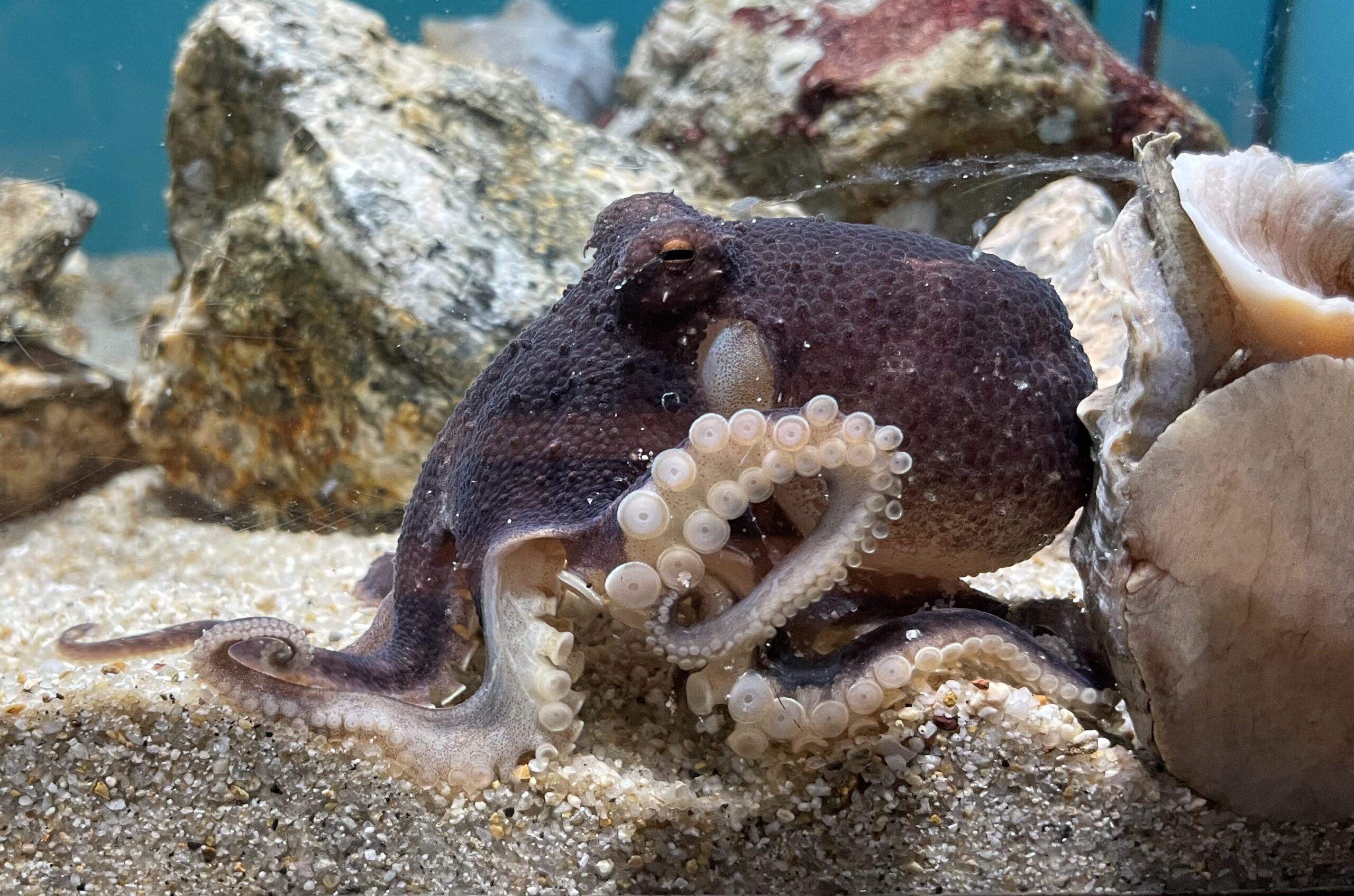
The mimic octopus is a shapeshifter of sorts, capable of imitating the appearance and behavior of other marine animals. This octopus can mimic up to 15 different species, including lionfish, flatfish, and sea snakes, to avoid predators and catch prey unaware. Its ability to transform is both a defensive and offensive tool, allowing it to adapt to the situation at hand. It’s a clever way to exploit the perceptions of others, a tactic that wouldn’t be out of place in a boardroom or negotiation table.
The mimic octopus uses this skill to create a narrative that suits its needs, much like a storyteller spinning a tale. This level of adaptability in the wild is a testament to the power of perception and the lengths to which organisms will go to ensure survival. Its transformations are not just about escaping danger but also about gaining an advantage in its environment. It’s an impressive display of natural ingenuity, where the line between truth and illusion is expertly blurred.
5. Brood-Parasitic Birds
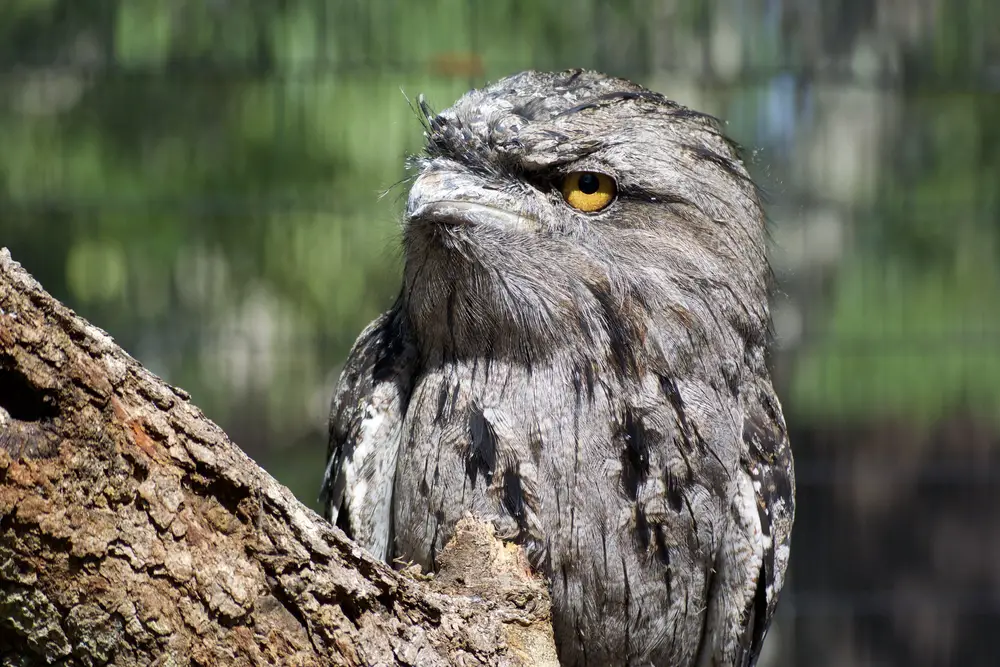
Brood-parasitic birds, such as cowbirds and honeyguides, have perfected the art of deception to ensure their young are raised without the effort of building their own nests. These birds lay their eggs in the nests of other species, fooling the host birds into raising their young as their own. Evolutionary biologist Dr. Claire Spottiswoode has studied these interactions extensively and notes that some hosts have developed strategies to recognize and reject the intruder eggs. Despite this, many brood parasites still manage to outwit their hosts, leaving the unaware foster parents to fend for the imposters.
The relationship between brood parasites and their hosts is a fascinating example of evolutionary arms races, where deception and counter-deception tactics are constantly evolving. The parasitic birds benefit from having their offspring raised without investing the energy and resources themselves. It’s a form of manipulation that wouldn’t be out of place in a psychological thriller. By exploiting the parental instincts of other species, brood parasites highlight the complex interplay between trust and deceit in nature.
6. Portia Spider

The Portia spider, a genus of jumping spider, is a predator with a reputation for outsmarting its prey through cunning tactics. It can mimic the vibrations of a trapped insect on a web, luring other spiders to investigate. When the unsuspecting spider approaches, the Portia makes its move, turning the tables on what should have been an easy meal. This strategic manipulation is akin to the psychological tricks humans might use to gain the upper hand.
What’s remarkable about the Portia spider is its ability to problem-solve and adapt its tactics based on the situation. This level of intelligence in a spider is a powerful reminder that brains can often be more effective than brawn. The Portia spider demonstrates that the art of deception is not limited by size or species. Its ability to manipulate its environment and prey showcases a complex understanding of its ecosystem, making it a natural trickster.
7. False Cleanerfish

The false cleanerfish, also known as the mimic blenny, uses deception to its advantage by imitating cleaner wrasses. These genuine fish provide cleaning services to other fish, removing parasites in a mutualistic relationship. Dr. Karen Cheney, a researcher in marine biology, notes that the mimic blenny takes advantage of this arrangement by biting unsuspecting fish instead of offering a cleaning service. This deceptive act allows it to feed while maintaining the illusion of being a helpful cleaner.
The mimic blenny’s behavior is a perfect example of how appearance and reputation can be used as tools for manipulation. By posing as a cleaner, it gains the trust of other fish, only to betray them for a quick meal. This kind of subterfuge is not unlike the deceitful actions some people use in social or professional settings. It serves as a reminder that trust, once broken, can have lasting consequences, even in the animal kingdom.
8. Orchid Mantis
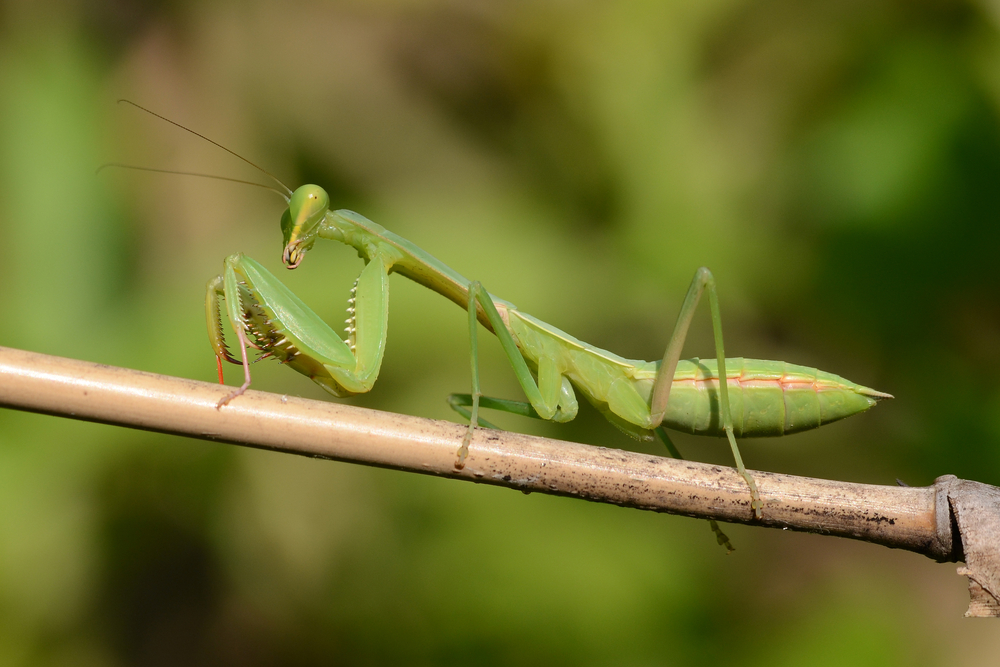
The orchid mantis is a master of disguise, resembling a flower so closely that it often attracts prey directly to it. This remarkable mimicry allows the mantis to ambush unsuspecting insects, lured in by what they believe to be a harmless bloom. The mantis’s appearance is not just about blending in but actively drawing in prey by exploiting its victim’s instincts. It’s a predatory strategy that relies on perception and deception, much like the tactics used in some human interactions.
What’s fascinating about the orchid mantis is its ability to thrive in environments where appearance is everything. By looking like a flower, it avoids detection by predators while simultaneously increasing its chances of a successful hunt. This dual-purpose disguise is a reminder of how appearances can be both a protective and deceptive tool. The orchid mantis highlights the intricate balance between predator and prey, where the lines between camouflage and attraction blur.
9. Lyrebird
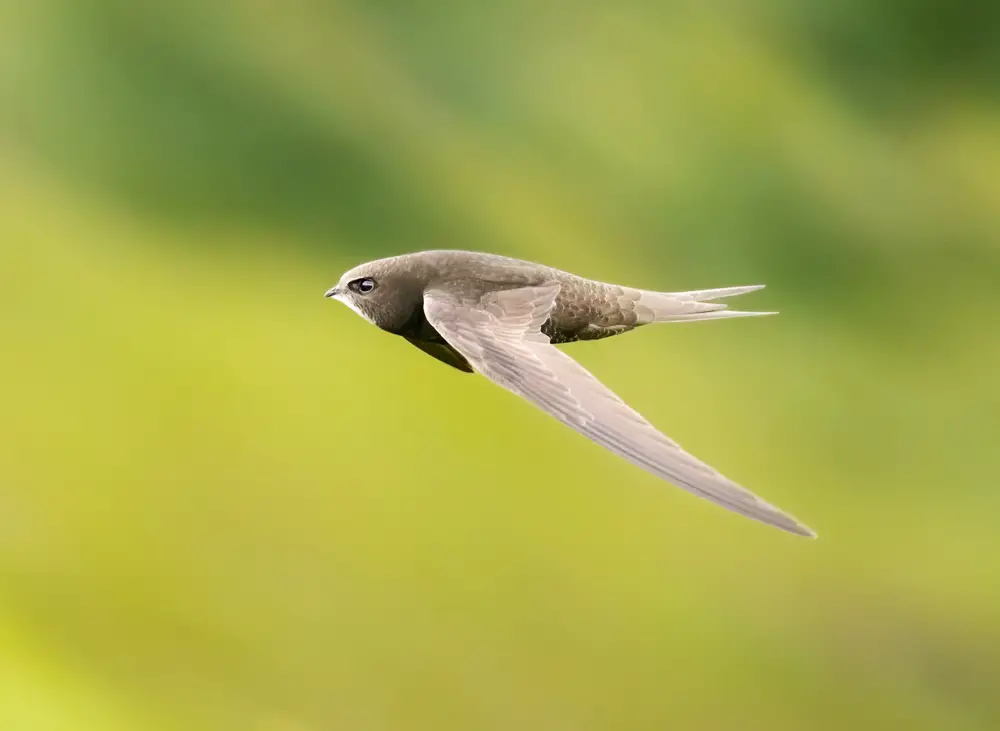
The lyrebird is a songbird with an extraordinary ability to mimic natural and artificial sounds. Known for its complex and varied vocal repertoire, it can imitate the calls of other birds and sounds like chainsaws and camera shutters. This vocal flexibility serves as both a mating display and a method of confusing potential threats. The lyrebird’s ability to manipulate sound is a form of deception that showcases the power of communication.
In a world where vocal prowess can determine survival, the lyrebird uses its skills to maintain its territory and attract mates. By imitating the sounds of predators or other birds, it can create an auditory illusion that serves its needs. This form of mimicry is not just about survival but also about showcasing its adaptability and intelligence. The lyrebird’s vocal tricks remind us that deception in nature often involves more than just visual cues.
10. Alligator Snapping Turtle
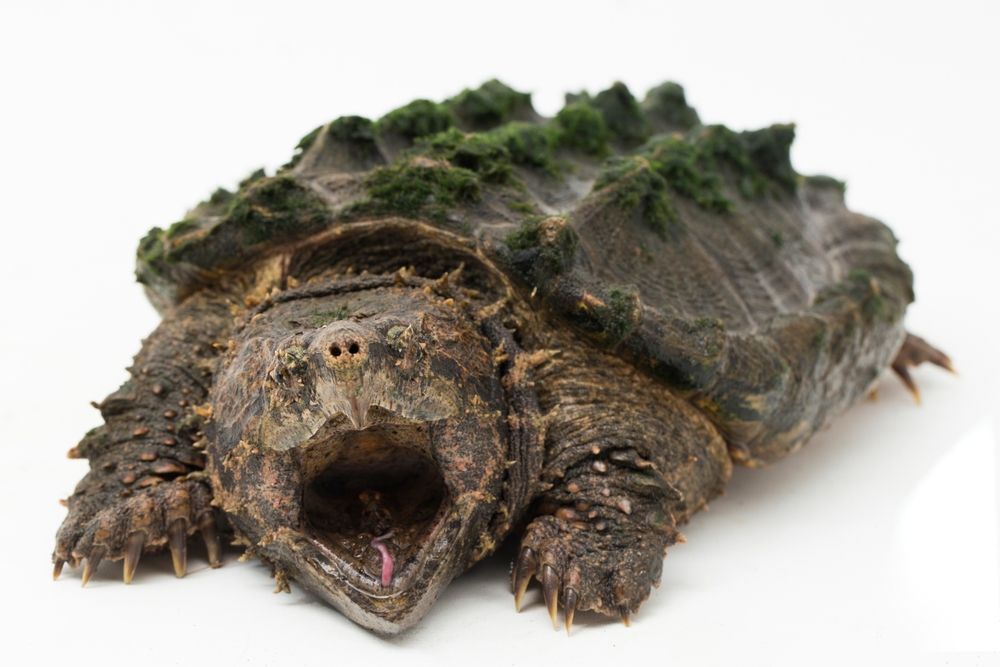
The alligator snapping turtle uses a deceptive lure to catch its prey, lying motionless at the bottom of rivers with its mouth open. Inside its mouth, it has a worm-like appendage that it wiggles to attract fish. The fish, thinking they’ve found an easy meal, swim right into the turtle’s jaws. This passive ambush strategy is a chilling reminder of how stillness and patience can be lethal.
The allure of the snapping turtle’s lure is a testament to the power of subtlety in the art of deception. While the turtle remains almost entirely hidden, its lure does all the work, attracting prey with minimal effort. This method is a stark contrast to more active hunting styles, showcasing that sometimes, the best way to catch a meal is by letting it come to you. The snapping turtle’s technique highlights the diversity of predatory strategies in the animal kingdom.
11. Leaf-Tailed Gecko
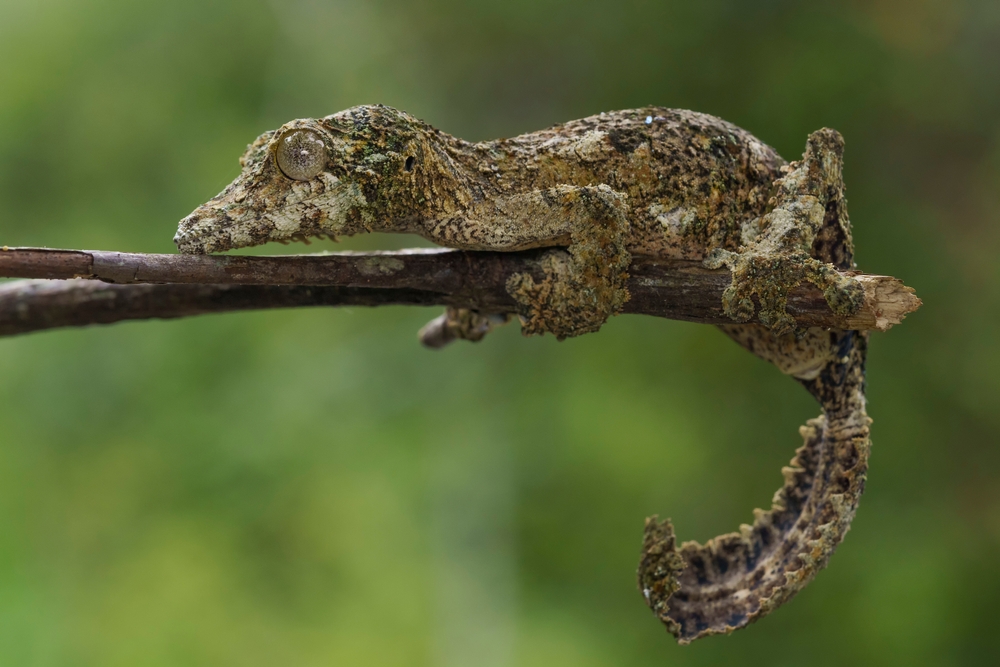
The leaf-tailed gecko is a master of camouflage, blending seamlessly into its environment to avoid predators and ambush prey. Its body shape and coloration mimic the appearance of dead leaves, making it nearly invisible in its natural habitat. This form of mimicry is a defensive and offensive tool that allows the gecko to thrive in its niche. The leaf-tailed gecko’s ability to deceive the eye is a remarkable adaptation that emphasizes the importance of appearance in survival.
What sets the leaf-tailed gecko apart is its ability to adapt its camouflage based on its surroundings. This versatility makes it a formidable predator, as it can patiently wait for unsuspecting prey to wander by. Its disguise is not just about hiding but also about creating a false sense of security for its prey. The leaf-tailed gecko’s approach to deception is a reminder of the complex interplay between predator and prey, where the best disguises are often the simplest.
12. Satin Bowerbird
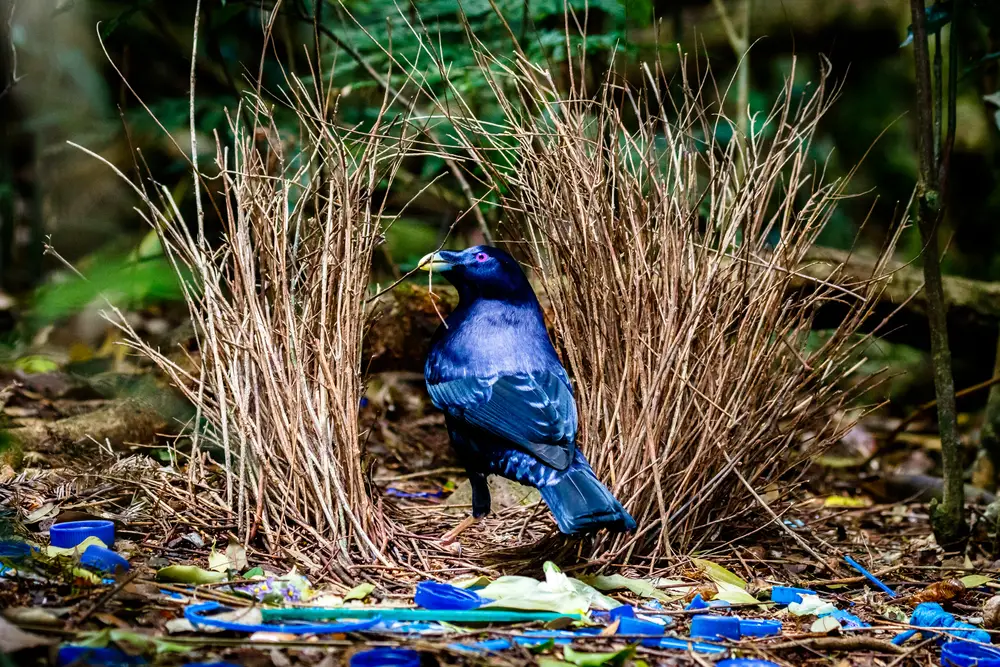
The satin bowerbird is known for its elaborate courtship rituals, which involve building intricate structures called bowers. The male decorates these bowers with brightly colored objects to attract a mate, using visual deception to enhance his appeal. This form of manipulation is about creating an illusion of resourcefulness and attractiveness, drawing females to his display. It’s a fascinating example of how deception in nature can be tied to beauty and presentation.
The bowerbird’s elaborate displays highlight the role of aesthetics in mating strategies. By curating a collection of eye-catching items, the male bowerbird exaggerates his desirability through artificial means. This focus on visual appeal is not unlike the lengths some people go to in order to impress others, using embellishment and presentation to sway perceptions. The bowerbird’s strategy underscores the universal appeal of beauty as a tool for influence and persuasion.
13. Rattlesnake
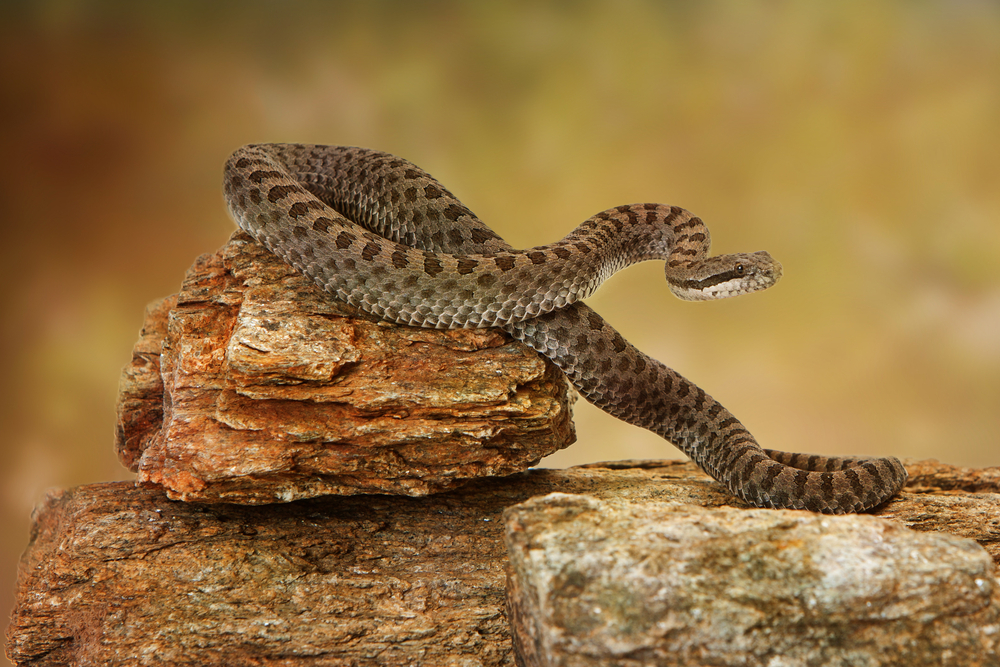
Rattlesnakes use their iconic rattling sound as a deceptive tool to ward off potential threats and prey. This auditory warning, which mimics the sound of a fierce predator, is often enough to deter larger animals from approaching. However, it can also confuse prey into revealing themselves, allowing the snake to strike. The rattlesnake’s use of sound as a tool for both defense and offense is a sophisticated tactic that illustrates the power of perception.
The rattlesnake’s rattle is a form of communication that relies on instilling fear and caution in those who hear it. By creating the illusion of danger, the snake can manipulate its environment to its advantage, whether by warding off threats or surprising prey. This dual-purpose strategy is a testament to the rattlesnake’s adaptability and cunning. The rattlesnake’s approach to gaslighting its prey through sound serves as a reminder of the many forms deception can take in nature.
